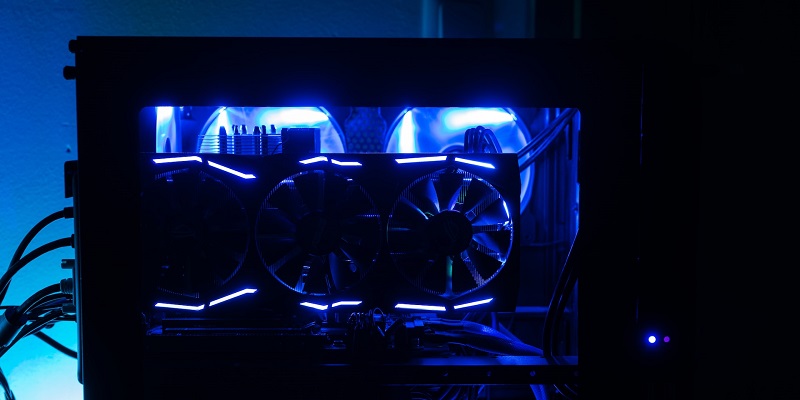The GPU market has witnessed a remarkable surge in shipments, according to statistics released by JPR. With an 11.6% sequential increase from the previous quarter, this rise signifies a potential turning point for the industry.
Factors contributing to the rise in GPU shipments
The first factor behind this upswing is the wave of price drops implemented by companies like AMD. These price reductions have made GPUs more accessible to consumers, increasing their demand and driving shipments. Additionally, the normalization of the PC industry has played a role in the increase. As the market stabilizes, customers are once again investing in desktops and laptops, fueling the demand for GPUs.
OEM and retail channels have restocked their GPU supplies in an effort to keep up with the rising demand. This restocking effort follows the clearance of old inventory, which had accumulated during a period of slower sales. As a result, the availability of next-gen GPUs has reached its highest level this year, further bolstering the shipment figures.
Another contributing factor to the rise in GPU shipments is the surge in laptop and desktop CPU shipments. AMD’s decision to equip all of its modern APUs and CPUs with an integrated Graphics Processing Unit (iGPU) has driven the integration of GPUs into these systems. This development has played a crucial role in increasing the overall attach rate of GPUs to PCs.
Overall attach rate of GPUs to PCs
Though the overall attach rate of GPUs to PCs for the quarter was an impressive 115%, there was a slight decrease of -2.6% compared to the previous quarter. However, this minimal drop does not undermine the positive trend in shipments.
Decline in tablet shipments
While GPU shipments have experienced positive growth, the tablet market has faced a decline, with a -31.9% change in shipments from the previous quarter. This shift suggests a change in consumer preferences towards devices that require more powerful graphics capabilities, such as laptops and desktops.
GPU shipments by companies
AMD emerged as the leader in GPU shipments, witnessing an impressive 22.9% quarterly jump. This growth can be attributed to the successful implementation of price drops and the popularity of their Radeon GPUs. NVIDIA and Intel also experienced gains, with their shipments increasing by 7.5% and 11.7%, respectively.
YoY total GPU shipments
Despite the positive quarter, year-on-year (YoY) total GPU shipments, including both discrete and mobile GPUs, are still in the negative zone with a decrease of 27%. While this figure may be cause for concern, hopes for recovery are once again reignited due to the recent surge in shipments.
Outlook for the market
It is important to note that the market may not return to its previous “prime” days. However, experts anticipate steady improvement in the upcoming quarters, especially given the sustained interest in next-gen GPUs. As more consumers recognize the value and performance benefits of these GPUs, the market is expected to recover further.
The impact of price drops in AMD Radeon GPUs
The price drops initiated by AMD for their Radeon GPUs have proven to be a wise strategy. Not only have these drops generated increased demand and spurred the rise in shipments, but they have also resulted in an economic rebound in the GPU industry. By making GPUs more affordable and accessible, AMD has secured its position as a key player in the market.
The recent surge in GPU shipments, backed by price drops and the normalization of the PC industry, signals a positive shift in the market. While year-over-year total GPU shipments remain in the negative zone, the industry is hopeful for a recovery. As consumers continue to show interest in next-gen GPUs, the market is poised for continued improvement in the coming quarters. The impact of AMD’s price drops has been instrumental in driving this growth, reinforcing the company’s position in the industry. With a renewed sense of optimism, stakeholders are eagerly anticipating the future of the GPU market.

